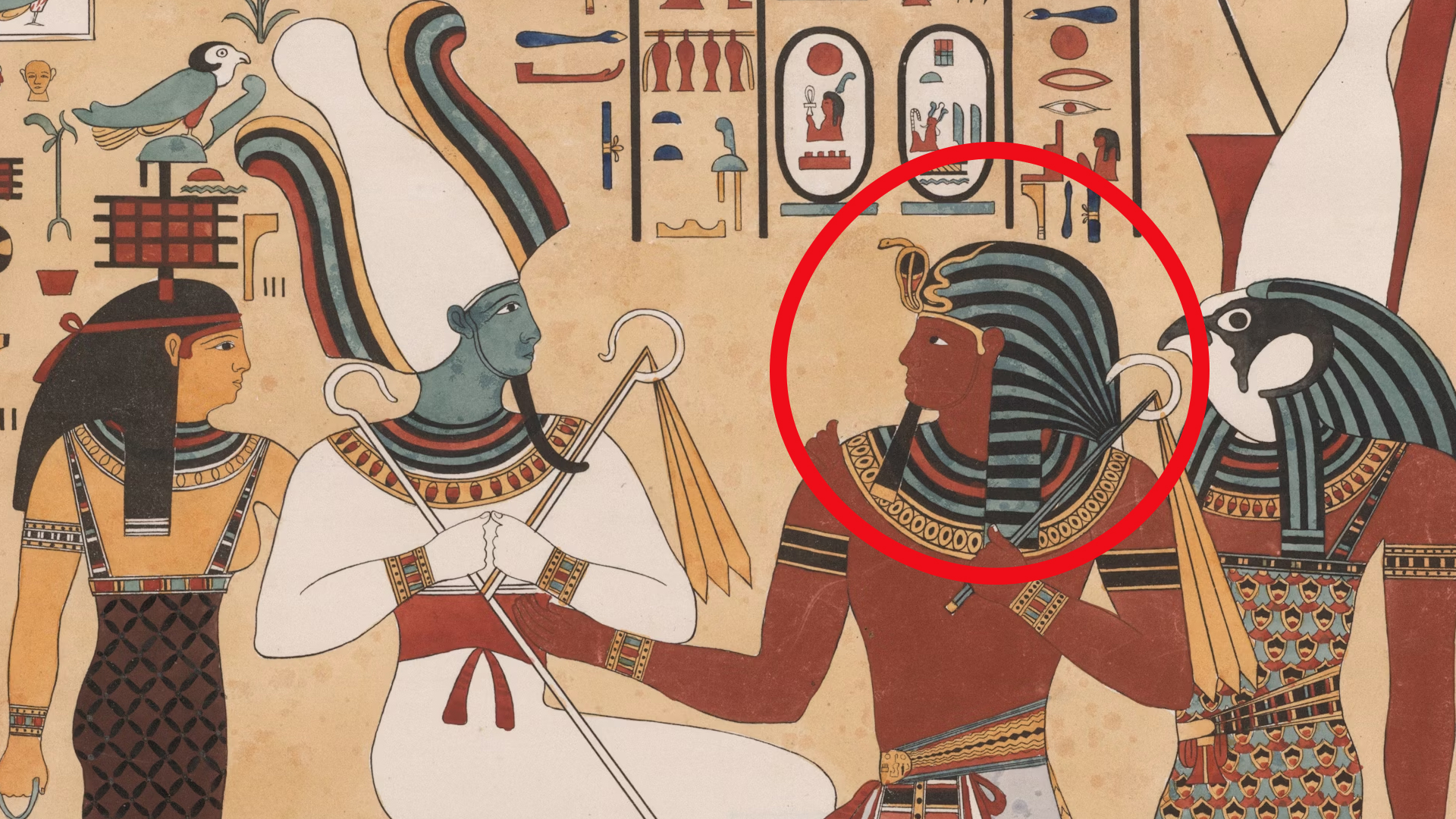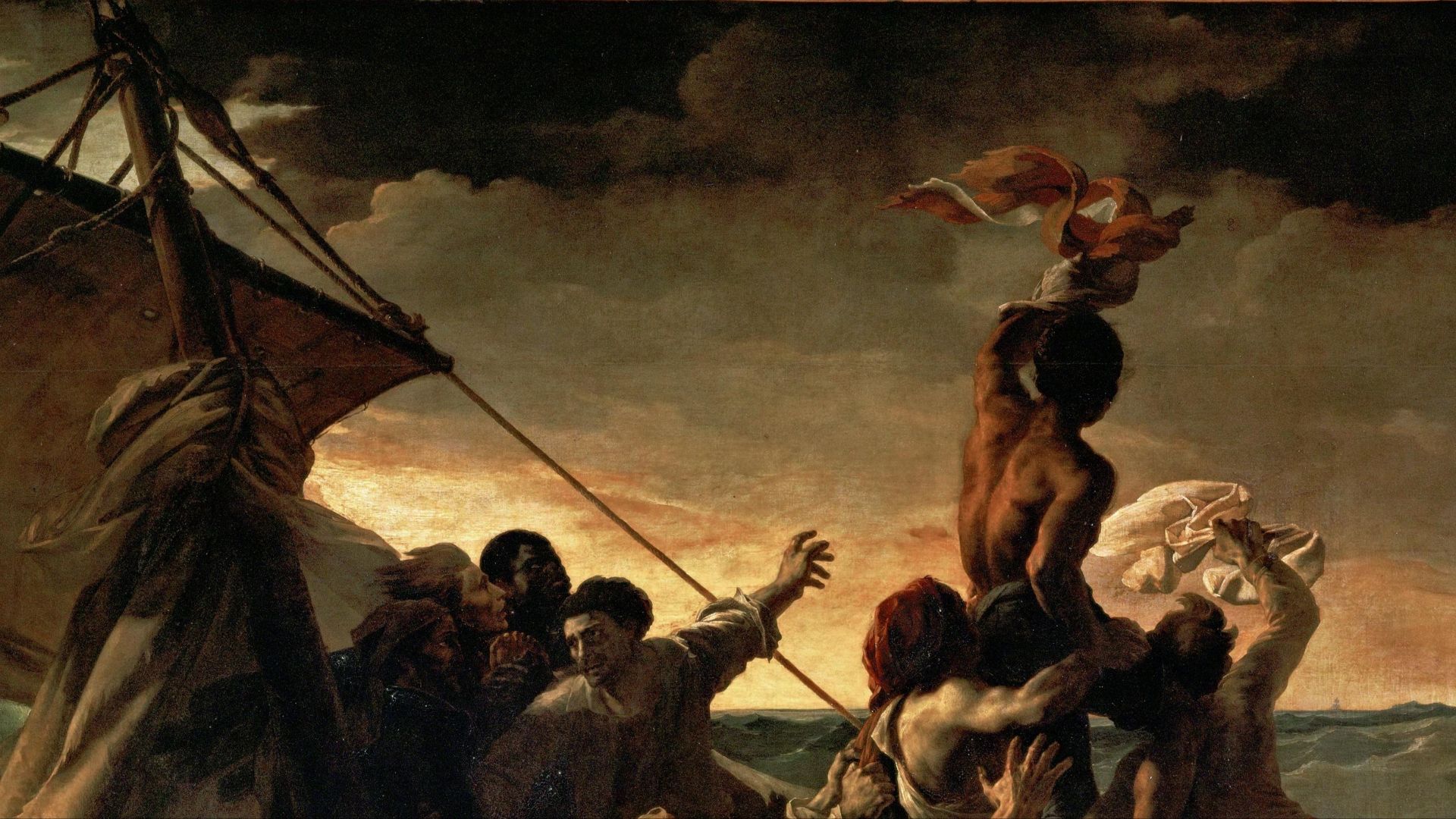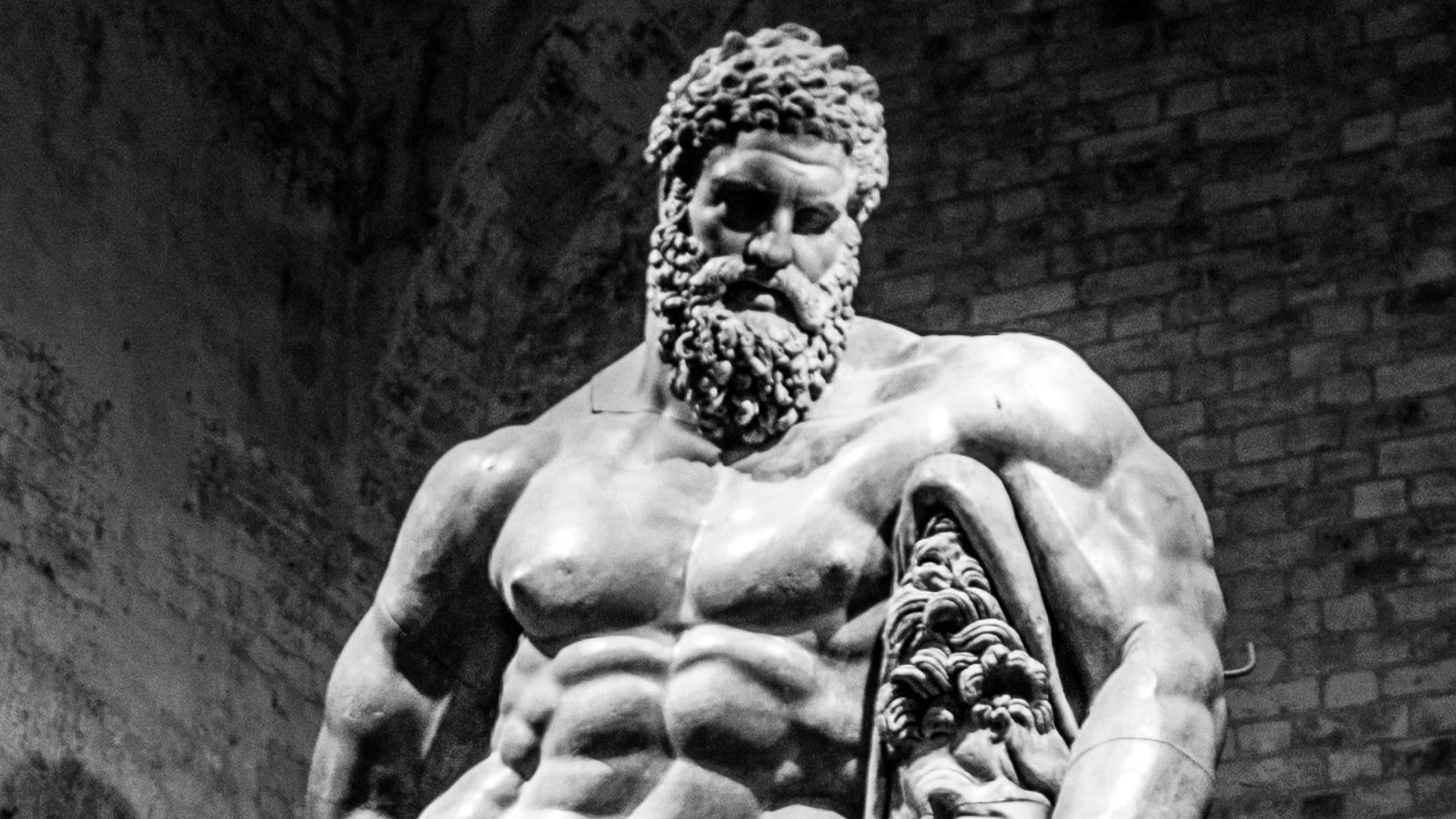On the sun-drenched coast of Ibiza, surrounded by whitewashed houses and turquoise waters, life moves at its usual rhythm. Yet beneath this modern veneer lies an ancient world quietly waiting to be rediscovered. Recently, archaeologists discovered something that turned the island’s past into breaking news: a 2,000-year-old statue of Hercules.
It’s not every day that myth and Mediterranean nightlife collide. The find, buried deep beneath the streets of Ibiza Town, has given historians new reason to reconsider the island’s Roman legacy.
So, let’s find out how a forgotten pit revealed a legendary hero and what this rare discovery tells us about the ancient world that once thrived beneath Ibiza’s surface.
A Hero Emerges From The Depths
The discovery began as an ordinary excavation. Before new construction could start in Ibiza Town, archaeologists were called in for a routine survey. But what they found was anything but routine. According to All That’s Interesting, about seven meters underground, inside a sealed, water-filled pit, they unearthed a small wooden statue. Its form was unmistakable: a muscular figure with a lion-skin draped over his shoulder.
Experts quickly realized how extraordinary this was. Organic artifacts almost never survive in Mediterranean climates. Heat, moisture, and microorganisms usually erase such objects within decades. But this pit was different. Once a grain silo, it had been abandoned and sealed under waterlogged mud. That accidental flooding created an oxygen-free environment, perfectly preserving whatever lay inside.
The statue, about 30 centimeters tall, had been hidden alongside fragments of leather, plant material, and other domestic waste. Archaeologists believe it was discarded during a later period of Roman occupation.
Ibiza’s Forgotten Roman Past
To grasp the full significance of this discovery, we need to rewind history by two millennia. Long before Ibiza became a global party destination, it was known as Ebusus—a thriving port founded by the Phoenicians and later absorbed into the Carthaginian and Roman empires.
When Rome took control of the region in the 2nd century BCE, Ibiza became a key link in Mediterranean trade networks. Roman merchants and soldiers brought with them not only goods but also gods. Temples, shrines, and household altars often featured figures like Hercules—symbols of strength, courage, and divine favor.
Hercules (or Herakles, as the Greeks knew him) was one of the most widely worshiped heroes in the ancient world. His stories bridged cultures, representing endurance and transformation. Finding his statue in Ibiza suggests that local residents were active participants in the spiritual and artistic life of the Roman world.
What The Future Holds For The Past?
Today, the statue rests in the conservation lab of the Archaeological Museum of Ibiza. Experts are working carefully to stabilize the wood, using controlled humidity and chemical treatments to prevent cracking. It’s a delicate process that could take months. Once restored, the piece will be studied in detail—its wood species identified, its tool marks analyzed, and its style compared with similar finds across the Roman world.
KEEP ON READING

The Clueless Crush: How I Accidentally Invited a Hacker Into…
Fluorescent Lights and First Impressions. My name is Tessa, I'm…
By Ali Hassan Nov 4, 2025
This Infamous Ancient Greek Burned Down An Ancient Wonder Just…
History remembers kings and conquerors, but sometimes, it also remembers…
By David Davidovic Nov 12, 2025
Einstein's Violin Just Sold At An Auction—And It Earned More…
A Visionary's Violin. Wanda von Debschitz-Kunowski on WikimediaWhen you hear…
By Ashley Bast Nov 3, 2025
The Mysterious "Sea People" Who Collapsed Civilization
3,200 years ago, Bronze Age civilization in the Mediterranean suddenly…
By Robbie Woods Mar 18, 2025
20 Inventors Who Despised Their Creations
Made It… Then Hated It. Inventors often dream big, but…
By Chase Wexler Aug 8, 2025
The Brutal Story Behind The Raft Of The Medusa
The Raft of the Medusa might not be the Louvre's…
By Ashley Bast Nov 14, 2025


